
Deutsch-Chinesische Enzyklopädie, 德汉百科
 Mongolei
Mongolei
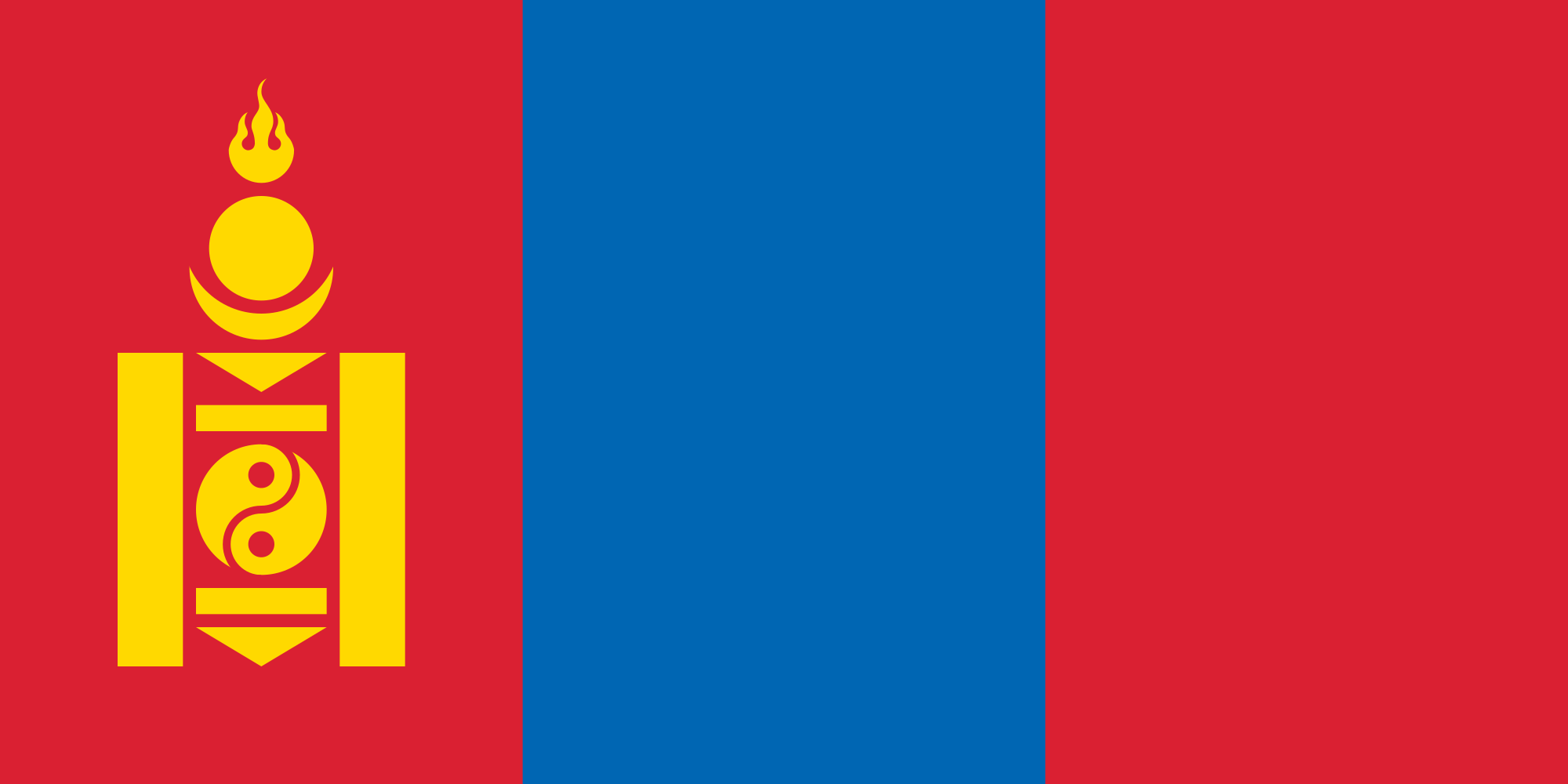
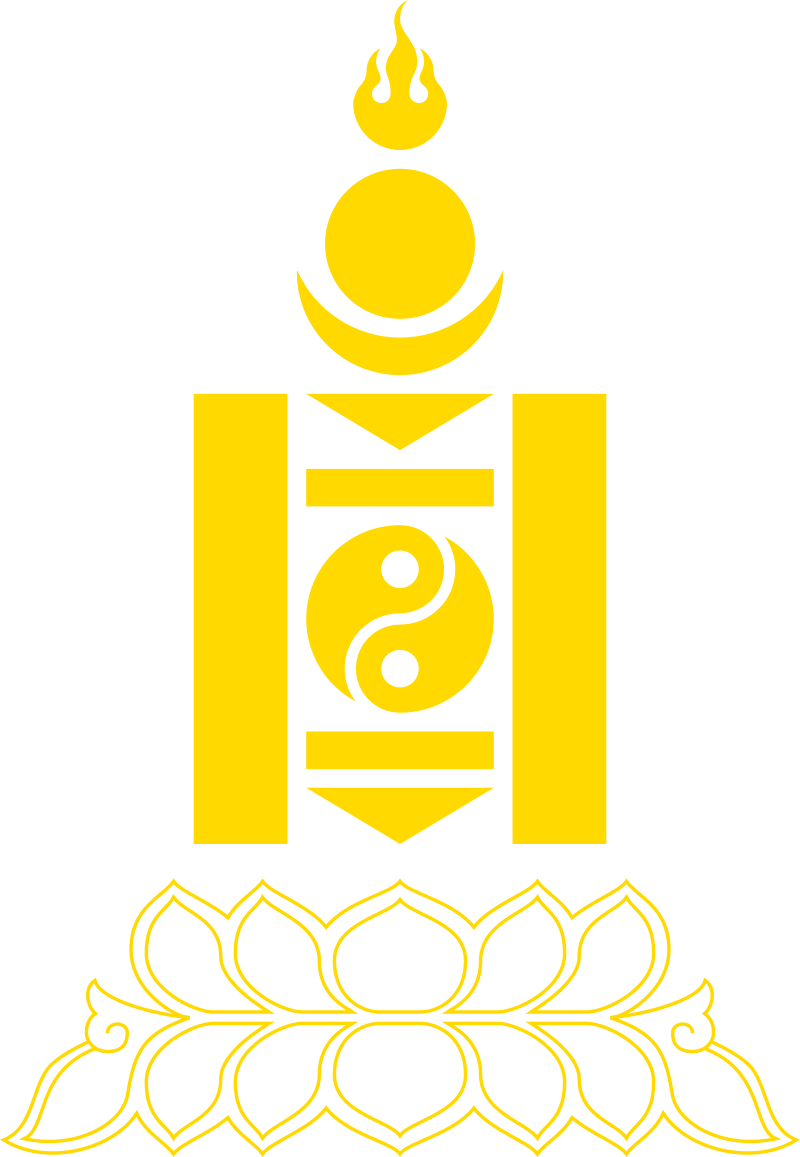
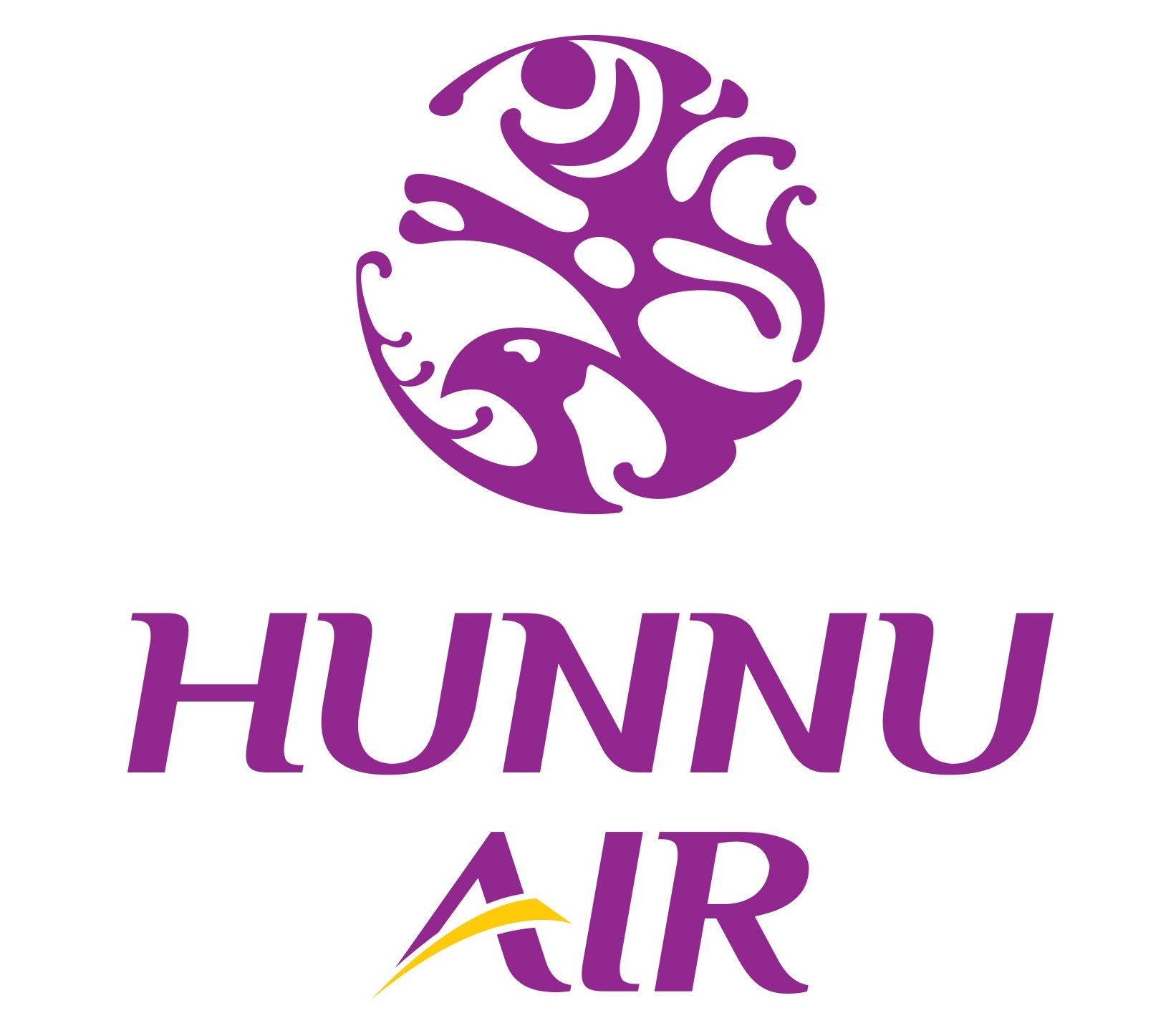
 Egypt
Egypt
 Australia
Australia
 Belgium
Belgium
 Brazil
Brazil
 Denmark
Denmark
 Germany
Germany
 Finland
Finland
 France
France
 Greece
Greece

 Hand in Hand
Hand in Hand

 Hand in Hand
Hand in Hand
 Driver's license
Driver's license
 India
India
 Indonesia
Indonesia
 Italy
Italy
 Japan
Japan
 Canada
Canada
 Kasachstan
Kasachstan
 Croatia
Croatia
 Malaysia
Malaysia
 Mexico
Mexico

 Mongolei
Mongolei
 New Zealand
New Zealand
 Netherlands
Netherlands
 Useful info
Useful info
 Austria
Austria
 Portugal
Portugal
 Republic of Korea
Republic of Korea
 Russia
Russia
 Saudi Arabia
Saudi Arabia
 Sweden
Sweden
 Switzerland
Switzerland
 Singapore
Singapore
 Spain
Spain
 South Africa
South Africa
 Thailand
Thailand
 Czech Republic
Czech Republic
 Turkey
Turkey
 Hungary
Hungary

 Vacation and Travel
Vacation and Travel
 United Arab Emirates
United Arab Emirates
 United States
United States
 United Kingdom
United Kingdom
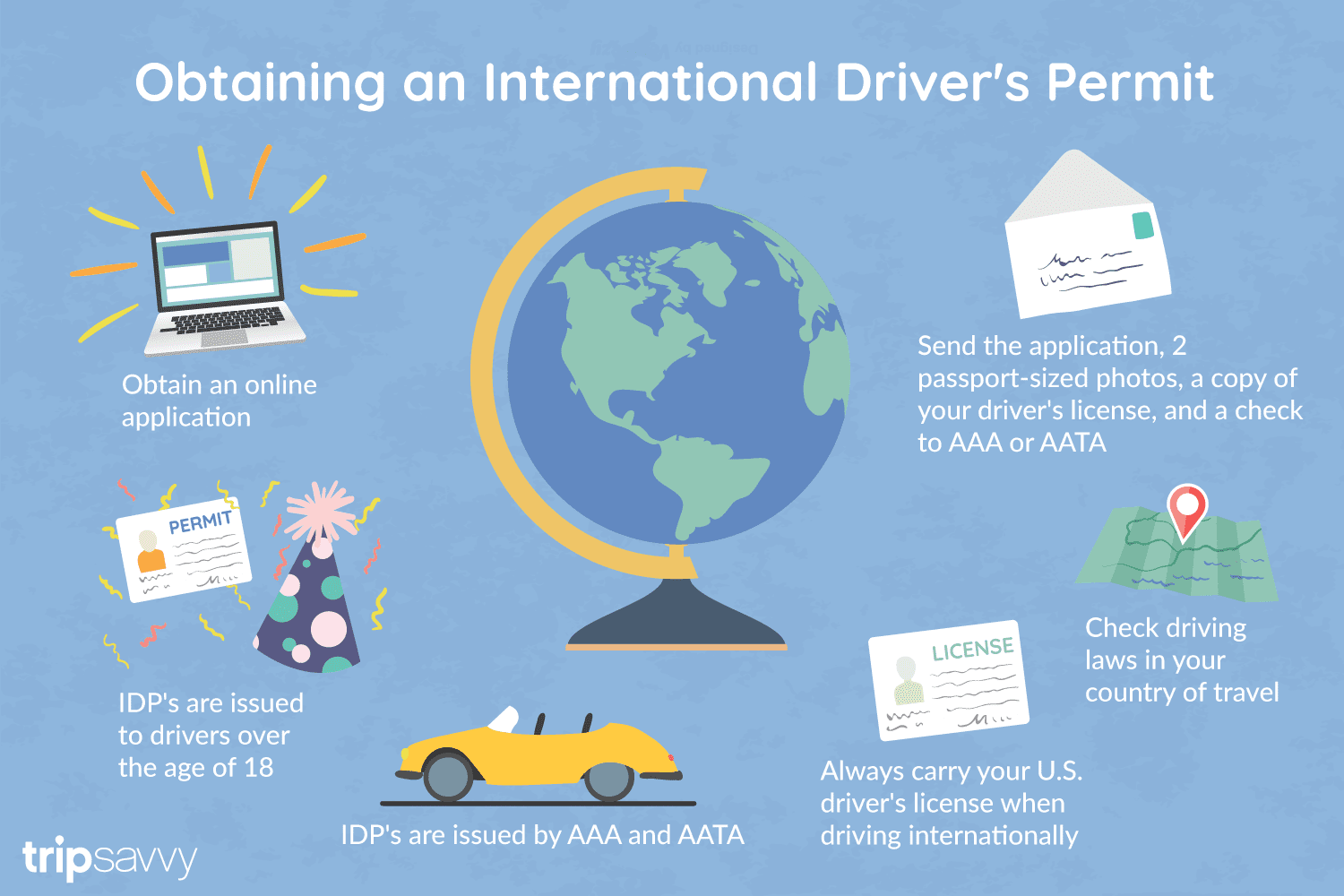
国际驾驶执照(International Driving Permit)依照1949年日内瓦国际道路交通公约及1968年维也纳国际道路交通公约,由公约签署国政府签发,方便本国驾驶员在其他签约国驾驶私人车辆。国际驾驶执照为附加在一国驾驶执照之上的一本附加多国语言的说明,标注了驾驶人的基本信息以及允许驾驶的对应车辆种类等,解决驾驶员与其他国家的交通管理部门之间的沟通障碍。国际驾照不能独立存在,当驾驶员同时持有一国驾照与该国政府签发的国际驾照时,此国际驾照才视作有效。[1]
国际驾驶执照之内容及格式依照维也纳道路交通会议制订,但并非各国均批准该公约。
Ein Internationaler Führerschein ist ein Dokument, das von den Straßenverkehrsbehörden oder Automobilclubs[1] eines Landes aufgrund zwischenstaatlicher Verträge ausgestellt wird. Er soll vor allem der Polizei eines anderen Landes die Feststellung ermöglichen, ob ein ausländischer Kraftfahrer die Fahrerlaubnis hat, die für sein aktuelles Fahrzeug erforderlich ist.
An International Driver's Permit (IDP) allows you to drive a vehicle in another country, as long as you also have a valid driver's license issued by your state. It is also recognized as a proper form of identification in over 175 countries and by many major car rental companies internationally.
Getting an International Driver's Permit (sometimes incorrectly called an international driver's license) can take anywhere from a day to a few weeks, depending on whether you're going through walk-in processing or applying via mail, so make sure to plan ahead if you're planning to drive on your international trip. There are only two locations in the United States that issue these documents: The American Automobile Association (AAA) and the American Automobile Touring Alliance (AATA).
In the United States, International Driver Permits (IDPs) are only issued by the American Automobile Association and the American Automobile Touring Alliance, and the State Department recommends against purchasing an IDP from other outlets as they are all entirely illegal to buy, carry, or sell.
IDPs can be issued to anyone over 18 who has had a valid driver's license for six months or longer. They typically remain valid for one year or the expiration of your existing state driving license. It's essential to investigate an IDP before your trip and make sure you know the requirements.
Both AAA and AATA are excellent sources for these documents, so once you've selected a provider, go to either the AAA's or NAATA's website, print out the International Driving Permit Application, complete all applicable fields, and submit it.
Once you have the application completed, you can send it in via the mail or visit a local office of an organization like AAA; you'll also need two original passport-sized photos and a signed copy of your valid U.S. driver's license as well as an enclosed check for the fee.
Tips to Getting and Using Your Permit
AAA offices can process IDPs during your visit, but processing generally takes 10 to 15 business days if you send the application in. However, expedited services may be available to get your license within one or two business days for an additional fee.
When applying, you'll need a computer and printer, a completed application, a copy of your valid U.S. driver's license, two passport photos, and a check, money order, or credit card to complete the process. Remember to bring these with you if you're applying in person.
Always make sure to carry your valid United States driver's license when driving internationally, as your IDP is invalid without this accompanying proof of eligibility to drive. IDPs only translate domestically-accepted licenses and do not allow those without government-issued driver's licenses to drive abroad.
You'll also want to make sure to enclose the proper fees (the fee for the IDP, as well as any shipping and handling fees), photos, and photocopies of your license when submitting your application to AAA or AATA as omitting any of these required documents will result in your application being rejected.
You should also check the driving requirements and laws for the countries you will be driving in on your vacation, so you'll know what will be required in the event you get stopped by local authorities. (Quelle:https://www.tripsavvy.com/)
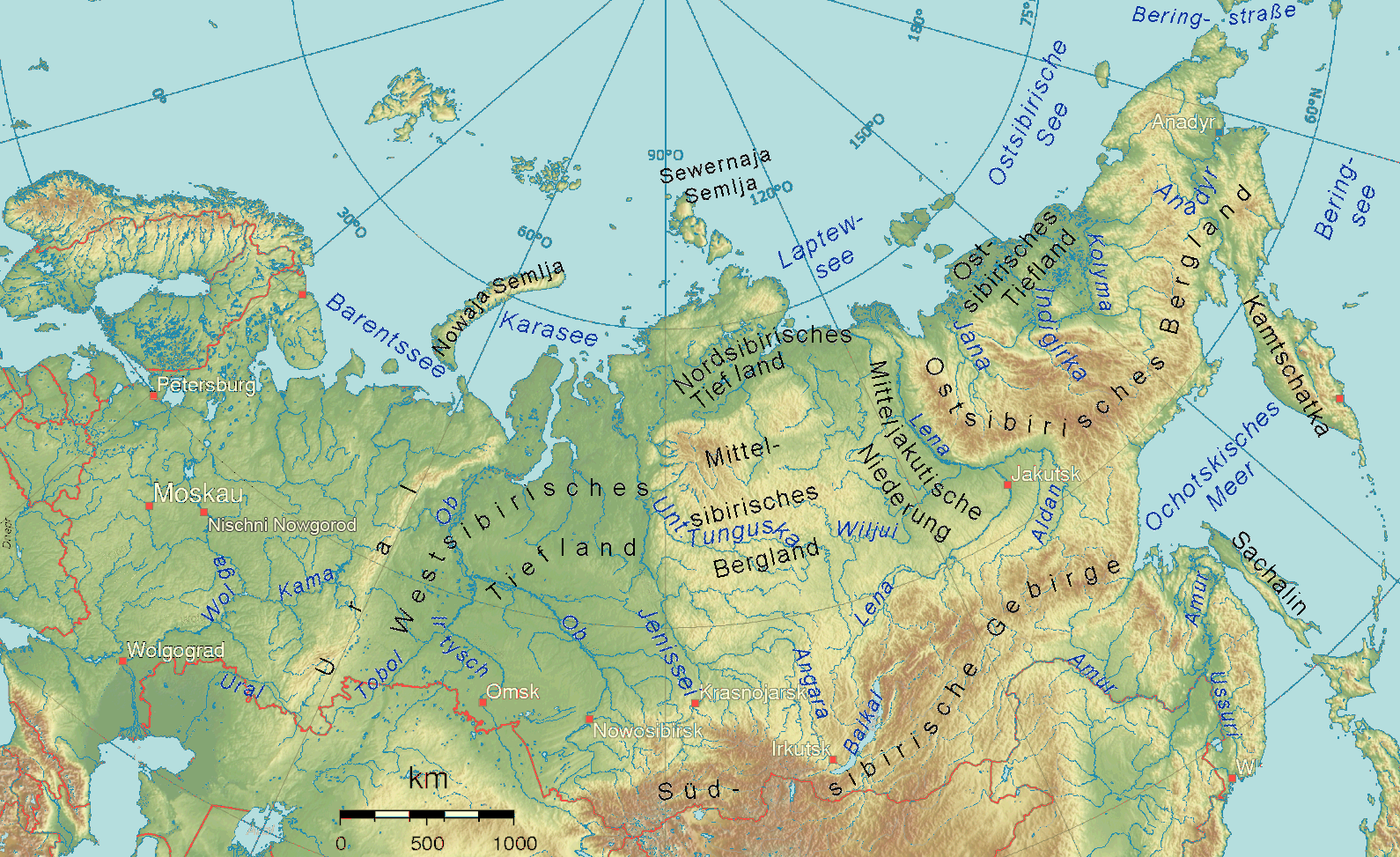
The Yenisey (Russian: Енисе́й, Yeniséy; Mongolian: Енисей мөрөн, Yenisei mörön; Buryat: Горлог мүрэн, Gorlog müren; Tyvan: Улуг-Хем, Uluğ-Hem; Khakas: Ким суғ, Kim suğ),[4] also romanised as Yenisei, Enisei, or Jenisej,[5] is the fifth-longest river system in the world, and the largest to drain into the Arctic Ocean. Rising in Mungaragiyn-gol in Mongolia, it follows a northerly course before draining into the Yenisey Gulf in the Kara Sea. The Yenisey divides the Western Siberian Plain in the west from the Central Siberian Plateau to the east; it drains a large part of central Siberia.
It is the central one of three large Siberian rivers that flow into the Arctic Ocean (the other two being the Ob and the Lena).
Lo Enisej (in russo: Енисе́й;? anche Jenisej, Yenisei; in ital. talora Ienissei[1][2][3] o, più arcaico, Jenissei[4]) è un fiume artico della Russia siberiana centrale. Fiume più lungo della Russia, è uno dei maggiori dell'Asia e del mondo intero, sia per lunghezza che per dimensioni del bacino idrografico.
Il toponimo deriva dalla lingua evenki "Иоанес и" (Ioanes i), che significa grande acqua, grande fiume.[5]
El río Yeniséi (en ruso: Енисей)? es un largo río de la Rusia asiática o Siberia que fluye en dirección norte a través de las repúblicas de Tuvá y Jakasia, y el krai de Krasnoyarsk hasta desaguar en el golfo homónimo (mar de Kara, océano Ártico). Tiene una longitud de 4093 km, pero contando el sistema fluvial Yeniséi-Angará-lago Baikal-Selengá-Ider alcanza los 5539 km, lo que lo sitúa como el quinto río más largo del mundo, tras el Amazonas, Nilo, Yangtsé y el Misisipi-Misuri.1 Su cuenca comprende unos 2 580 000 km², la 8.ª del mundo.
Енисе́й (нен. Ензя’ ям’[2], эвенк. Ионэси, южноселькупск. На́ндыс, Ня́ндысе[3][4], северноселькупск. Пӱ̄л Тяас ӄолд, кет. Хук, хакас. Ким суг, тыв. Улуг Хем) — река в Сибири, одна из самых длинных и полноводных рек мира и России. Впадает в Карское море Северного Ледовитого океана. Длина — 3487 км, площадь водосборного бассейна — 2 580 000 км² (второй по величине в России), а годовой сток составляет 624,41 км³ (самая полноводная река в России).
 China
China
 Gansu Sheng-GS
Gansu Sheng-GS

 Mongolei
Mongolei
 Nei Mongol Zizhiqu-NM
Nei Mongol Zizhiqu-NM
 Qinghai Sheng-QH
Qinghai Sheng-QH
 Sichuan Sheng-SC
Sichuan Sheng-SC
 Yunnan Sheng-YN
Yunnan Sheng-YN

Die Khata, auch Khatag, Katakh, Khatak, Khadag, Haddak oder chinesisch Hada (哈达) ist ein traditioneller Begrüßungsschal, der in Tibet meist aus weißer Seide[1] – als Symbol für das reine Herz des Überreichenden – und in der Mongolei in hellem Blau – das den Himmel symbolisiert – angefertigt wird.
Er steht für Glück, Wohlwollen und Mitgefühl.

 Afghanistan
Afghanistan
 Egypt
Egypt
 Azerbaijan
Azerbaijan
 Bahrain
Bahrain
 China
China
 India
India
 Iraq
Iraq
 Iran
Iran
 Israel
Israel
 Jordan
Jordan
 Cambodia
Cambodia
 Kasachstan
Kasachstan
 Kyrgyzstan
Kyrgyzstan

 Mongolei
Mongolei
 Pakistan
Pakistan
 Palestine
Palestine
 Republic of Korea
Republic of Korea
 Russia
Russia
 Tajikistan
Tajikistan
 Thailand
Thailand
 Turkey
Turkey
 Uzbekistan
Uzbekistan
 United Arab Emirates
United Arab Emirates
 Vietnam
Vietnam

 Architecture
Architecture
 Bhutan
Bhutan

 History
History
 K 500 - 1000 AD
K 500 - 1000 AD
 Himachal Pradesh
Himachal Pradesh

 Art
Art

 Mongolei
Mongolei
 Nei Mongol Zizhiqu-NM
Nei Mongol Zizhiqu-NM
 Nepal
Nepal
 Qinghai Sheng-QH
Qinghai Sheng-QH

 World Heritage
World Heritage
 Xizang Zizhiqu-XZ
Xizang Zizhiqu-XZ
 Yunnan Sheng-YN
Yunnan Sheng-YN


 *National minorities in China
*National minorities in China
 Hebei Sheng-HE
Hebei Sheng-HE
 Heilongjiang Sheng-HL
Heilongjiang Sheng-HL
 Jilin Sheng-JL
Jilin Sheng-JL
 Liaoning Sheng-LN
Liaoning Sheng-LN

 Mongolei
Mongolei
 Nei Mongol Zizhiqu-NM
Nei Mongol Zizhiqu-NM
 Qinghai Sheng-QH
Qinghai Sheng-QH
 Russia
Russia
 Xinjiang Uygur Zizhiqu-XJ
Xinjiang Uygur Zizhiqu-XJ
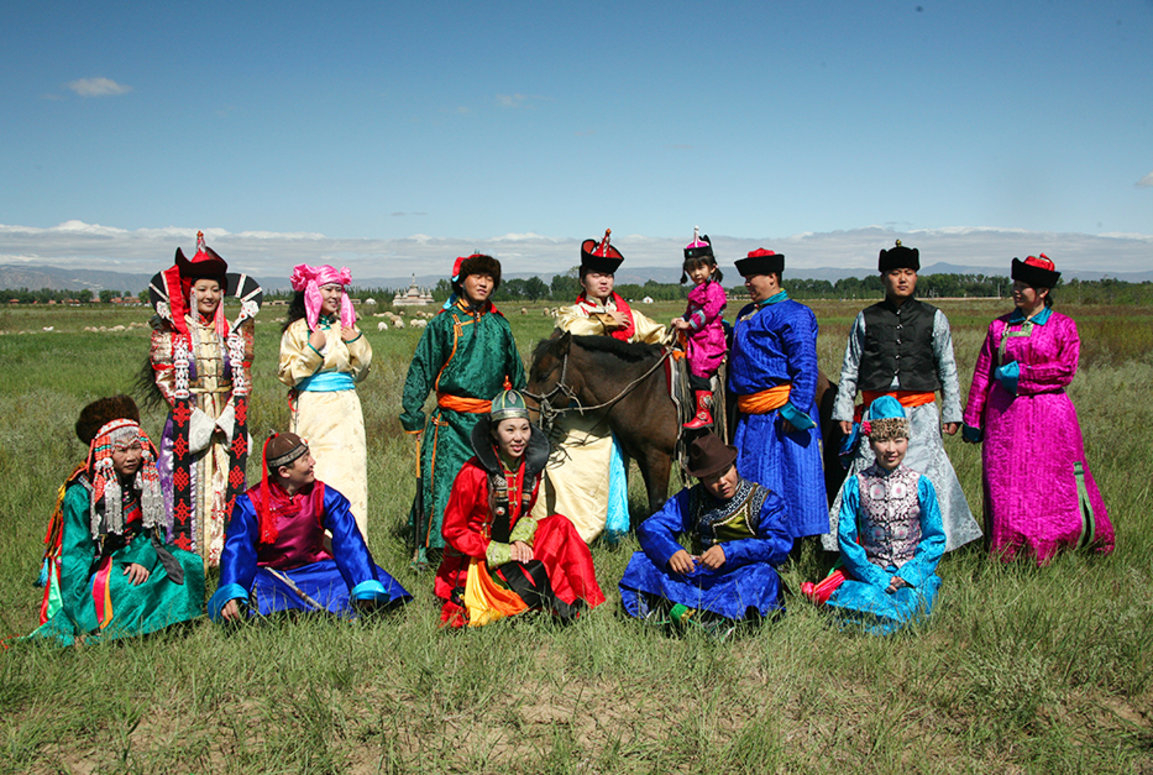

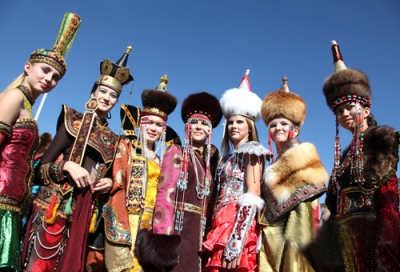


蒙古族(西里尔字母:Монгол үндэстэн),是主要分布于东亚地区的一个传统游牧民族,是中国的少数民族之一,同时也是蒙古国的主体民族。此外,蒙古族在俄罗斯等亚欧国家也有分布,鄂温克族和土族也有时被认为是蒙古族的分支。
蒙古族始源于古代望建河(今额尔古纳河)东岸一带。13世纪初,以成吉思汗为首的蒙古部统一了蒙古地区诸部,逐渐形成了一个新的民族共同体。
蒙古族人民世居草原,以畜牧为生计。过着“逐水草而居”的游牧生活,尽管这种生存方式在现代社会被弱化,但仍然被视作蒙古族的标志。
蒙古族在科学文化事业上比较发达,而且音乐、舞蹈也在艺术上居于相对显赫的地位。
《蒙古秘史》、《蒙古黄金史》、《蒙古源流》被称为蒙古族的三大历史巨著,其中《蒙古秘史》被联合国教科文组织确定为世界著名文化遗产。英雄史诗《江格尔》是中国的三大史诗之一。
全世界蒙古族人约为1000万人。根据《中国统计年鉴-2021》,其中中国境内蒙古族的人口数为6290204人。

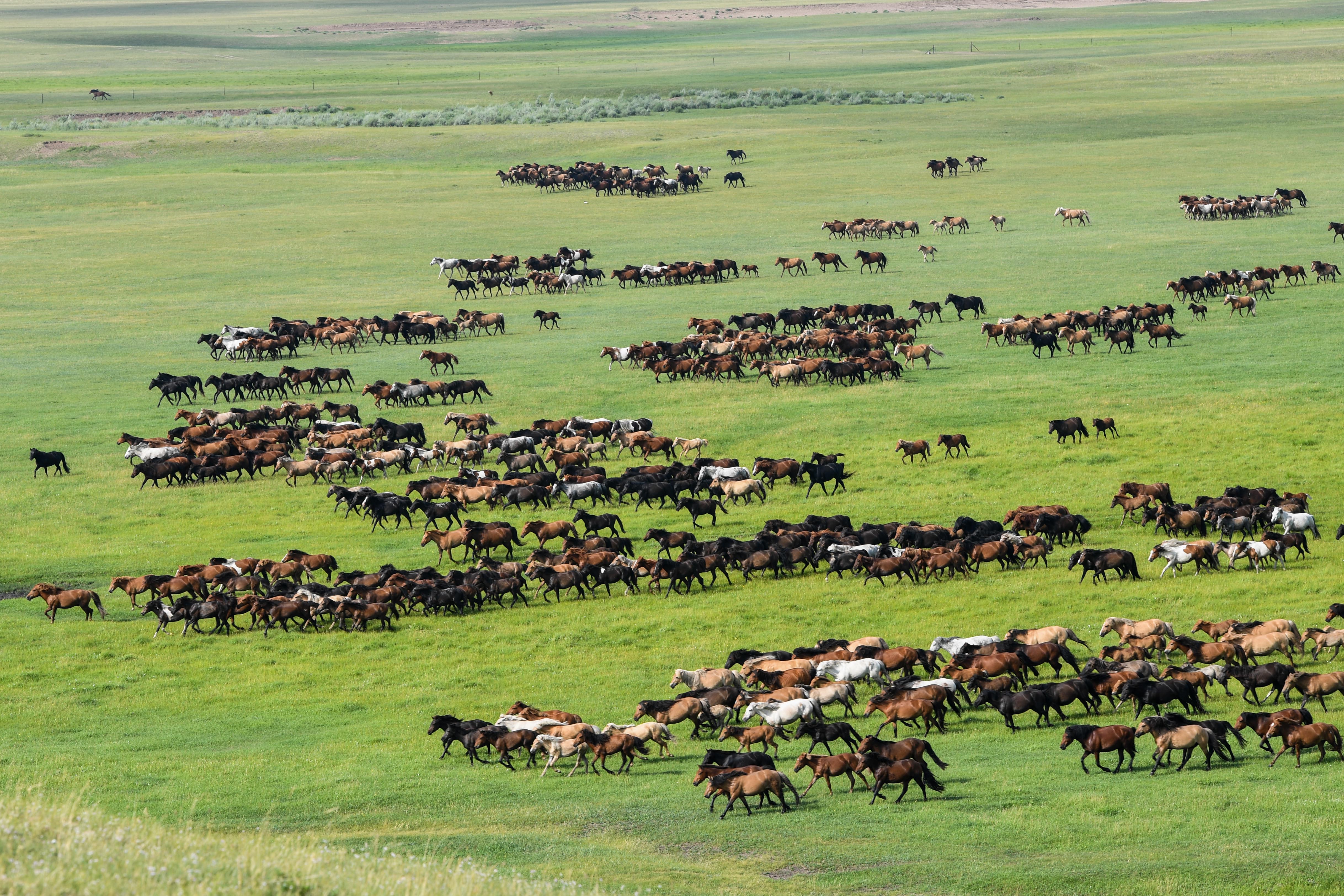


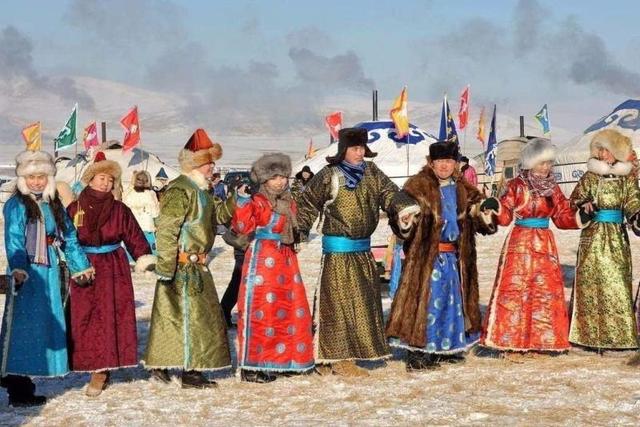

 Geography
Geography

 Transport and traffic
Transport and traffic
 Companies
Companies
 Driving school
Driving school

 Religion
Religion
 Sport
Sport